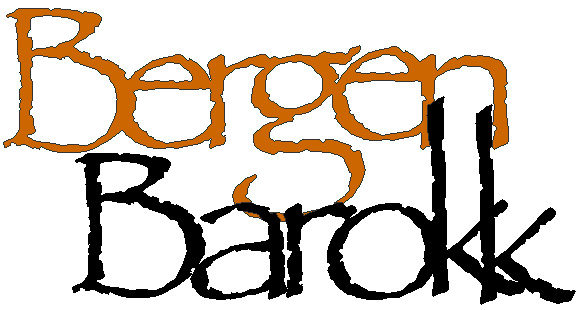Short presentational texts for an Italian and Nordic programme
Italian Diversities
We might think of Italian baroque music as one genuine and common stylistic idiom that everyone agreed upon as the national style of that great Mediterranean country. This was, however, not really the case. As the music itself, so was also the discussion on music; passionate, elaborate, and filled with drama.
Roughly speaking, the question was whether you followed a well-balanced, ”classical” or a new an ”obscure” direction in writing and performing music. There was an outspoken conflict between these two schools and we can sense it in the works and careers of Corelli, Scarlatti, Händel, Vivaldi, Porpora and Bononcini.
In this programme we bring the dispute on stage in a musical sense. We are, of course, totally unable to tell who was right in their arguments. We only experience that what they made was great music.
An anonymus quote says: ”Diversity is the one true thing we all have in common. Celebrate it every day”. We are happy to celebrate it with you.
Bergen Barokk
Hanseatic Diversions
Some fruits of the Hanseatic League’s activity in the North was all the exchange of music that took place in different social layers, also long time after the peek of Hansa was passed. In busy harbours like the one in Bergen, it was common to meet German, English and Dutch people, either living there or visiting on the many ships that came in for trade or just to give the crew some rest.
The music book of Jacob Mestmacher was obviously some kind of book where friends of the family were invited to contribute with pieces of music. According to the handwriting, at least three different scribes have copied music into the collection of 261 short pieces. Most of the pieces are dance music of unknown origin and at the back of the book there are movements from the partitas for violin, flute or oboe and continuo by Telemann, published in Hamburg in 1716.
With Mestmacher, Hansa and national plurality as background, we put together songs, dances and compositions in a musical scene you could expect to find in Nordic harbour towns of the 18th Century.
Bergen Barokk
